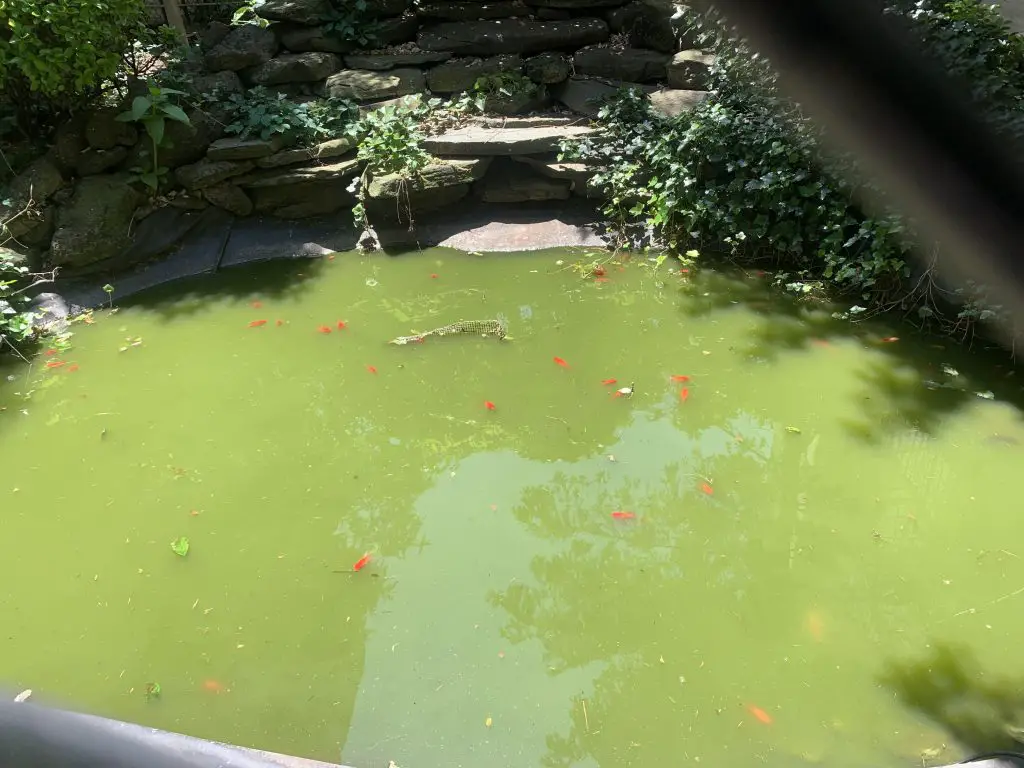Are you curious about whether there are fish in a pond you’ve stumbled upon? Determining if a pond is home to fish can be an exciting endeavor, especially for nature enthusiasts and anglers. In this comprehensive guide, we will explore various methods and indicators to help you identify if a pond has fish.
1. Observe Fish Activity
One of the most obvious ways to determine if a pond has fish is by observing fish activity. Look for ripples on the surface of the water, particularly in the early morning or late afternoon when fish are most active. If you see fish jumping or swimming near the water’s edge, it’s a good indication that the pond is inhabited by fish.
2. Water Clarity
Clear water is often a sign that a pond supports fish life. Fish need oxygen to survive, and clearer water allows sunlight to penetrate, promoting the growth of aquatic plants that produce oxygen. Murky or turbid water may indicate a lack of oxygen or an imbalance in the pond ecosystem, which could impact fish populations.
3. Look for Vegetation
Healthy pond ecosystems typically have a variety of aquatic vegetation, such as water lilies, cattails, and submerged plants. These plants provide food, shelter, and spawning grounds for fish. If you see an abundance of vegetation in and around the pond, it’s likely that fish are present.
4. Listen for Sounds
Believe it or not, fish can make noise! Some species of fish, such as carp, catfish, and goldfish, are known to produce clicking or popping sounds underwater. If you listen carefully near the pond’s edge, especially at night or during quiet times, you may hear these distinct fish sounds, indicating their presence in the water.
5. Spotting Fish
Of course, the most direct way to confirm the presence of fish in a pond is by actually spotting them. Find a quiet spot near the water’s edge, preferably with polarized sunglasses to reduce glare, and observe the water closely. Look for movement, shadows, or flashes of color that could indicate fish swimming beneath the surface.
6. Conduct a Fish Survey
If you’re still uncertain about whether a pond has fish, you can conduct a more systematic fish survey. This could involve using a dip net to sample the water for small fish, setting up a fish trap, or even using a fishing rod to try and catch a fish. Remember to release any fish you catch back into the pond unharmed.

Credit: www.reddit.com

Credit: www.wired2fish.com
7. Seek Local Knowledge
Local residents, anglers, or conservation organizations may have valuable insights into the fish populations of ponds in your area. Reach out to these individuals or groups to gather information about the types of fish that are commonly found in local ponds and any specific characteristics that can help you identify their presence.
8. Consider Water Temperature
Water temperature can also provide clues about the presence of fish in a pond. Different species of fish have specific temperature preferences, so understanding the water temperature range of a pond can give you an indication of the types of fish that may inhabit it. Warm water fish species, for example, prefer temperatures above 70°F.
9. Watch for Predators
If you notice birds, otters, or other wildlife frequenting a pond, it’s a good sign that there are fish present. These predators rely on fish as a food source and are often a reliable indicator of fish populations in a pond. Keep an eye out for signs of predation to confirm the presence of fish.
10. Use Fish Attractants
If you’re still unsure about the presence of fish, you can use fish attractants to lure them to the surface. Common attractants include fish food pellets, bread crumbs, or even pieces of fruit. Scatter these attractants near the water’s edge and observe if any fish are drawn to the area to feed.
Conclusion
Identifying whether a pond has fish can be an exciting and rewarding experience. By observing fish activity, water clarity, vegetation, and other indicators, you can gain valuable insights into the fish populations of a pond. Remember to respect the natural environment and wildlife while exploring ponds, and always practice catch and release fishing to help preserve fish populations for future generations to enjoy.





